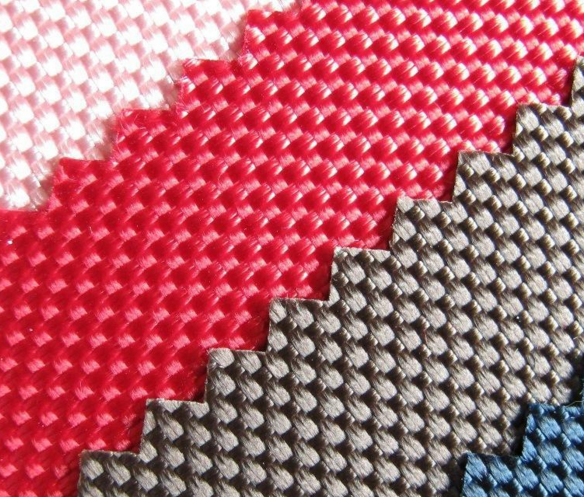
In today’s highly specialized textile world, waterproof nylon cloth has become the go-to material for everything from outdoor jackets to industrial conveyor belts. Yet, most buyers and even some product designers don’t fully understand what makes nylon waterproof or why coating technologies like PU, PVC, and TPU are critical in performance textiles. The truth is — selecting the wrong coating can lead to failed products, customer complaints, or even safety hazards in demanding industries.
Waterproof nylon cloth achieves its water-resistant and impermeable properties primarily through specialized coating technologies applied to its surface. PU, PVC, and TPU each bring unique advantages based on flexibility, durability, cost, chemical resistance, and intended application. Choosing the right coating ensures long-term performance, compliance, and customer satisfaction across industries.
Let’s start with a real example. Last year, a European outdoor gear startup approached Szoneier Fabrics. They needed a highly waterproof, lightweight fabric for a 3-season tent line, capable of handling heavy rain, strong winds, and UV exposure. After analyzing their needs, we customized a 40D ripstop nylon with double-sided silicone and PU coating, achieving 5,000mm water column resistance and excellent packability — all delivered within 30 days. That’s the power of understanding coating technologies in action.
Now, let’s dive deeper into the science and business of waterproof nylon.
What Makes Nylon Cloth Waterproof and Why Is Coating Essential?
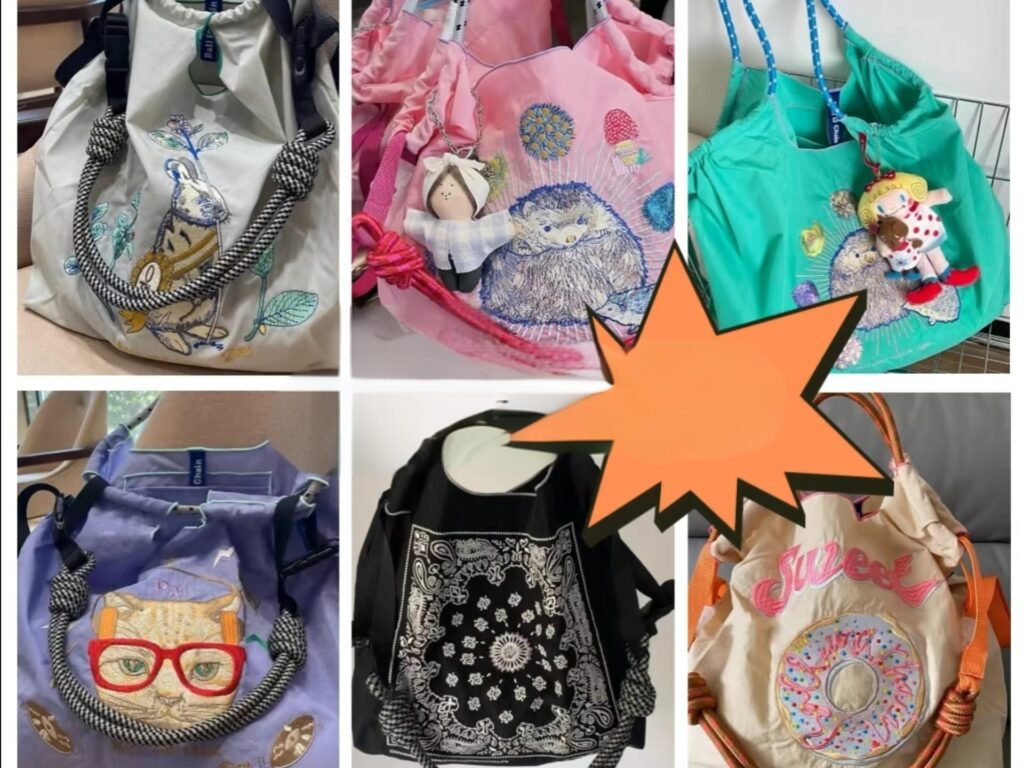
Nylon on its own has only moderate water resistance due to its synthetic fiber structure, but it becomes fully waterproof when coated with barrier layers like PU, PVC, or TPU, which block water penetration even under pressure or long-term exposure.
The Science Behind Waterproofing Nylon
1. Nylon’s Natural Water Resistance Limit
| Property | Nylon (Uncoated) |
|---|---|
| Water Absorption | 3–4% |
| Water Column Test (Hydrostatic Head) | 100-200 mm |
| Rainproof Rating | Poor |
By itself, uncoated nylon absorbs water, becomes heavy, and eventually leaks.
2. Coating: The Game-Changer
Applying coatings fills microscopic gaps between nylon fibers, creating an impermeable membrane that blocks water completely. Depending on the coating, the waterproof rating can increase dramatically:
| Coating Type | Waterproof Rating (mm) |
|---|---|
| Single PU layer | 1,000–3,000 mm |
| Double PU layer | 3,000–5,000 mm |
| TPU laminate | 5,000–20,000 mm |
| PVC coating | 10,000–30,000 mm |
3. Why Coating Is Essential for B2B Buyers
- Outdoor Brands: Tent floors, rainwear, backpacks.
- Industrial Clients: Conveyor belts, safety covers, tarpaulins.
- Medical & Healthcare: Fluid barriers, protective covers.
- Automotive: Upholstery, covers, cable protectors.
Without proper coating, products would fail under real-world use.
4. Real Client Example: Medical OEM Supplier
A U.S. medical distributor needed reusable surgical drapes that blocked all bodily fluids while remaining lightweight and breathable. Szoneier recommended 70D Nylon 6 with TPU lamination, achieving waterproof performance of 15,000mm while allowing moisture vapor transmission — crucial for surgeon comfort during long procedures.
How Do PU, PVC, and TPU Coatings Differ in Waterproof Performance?
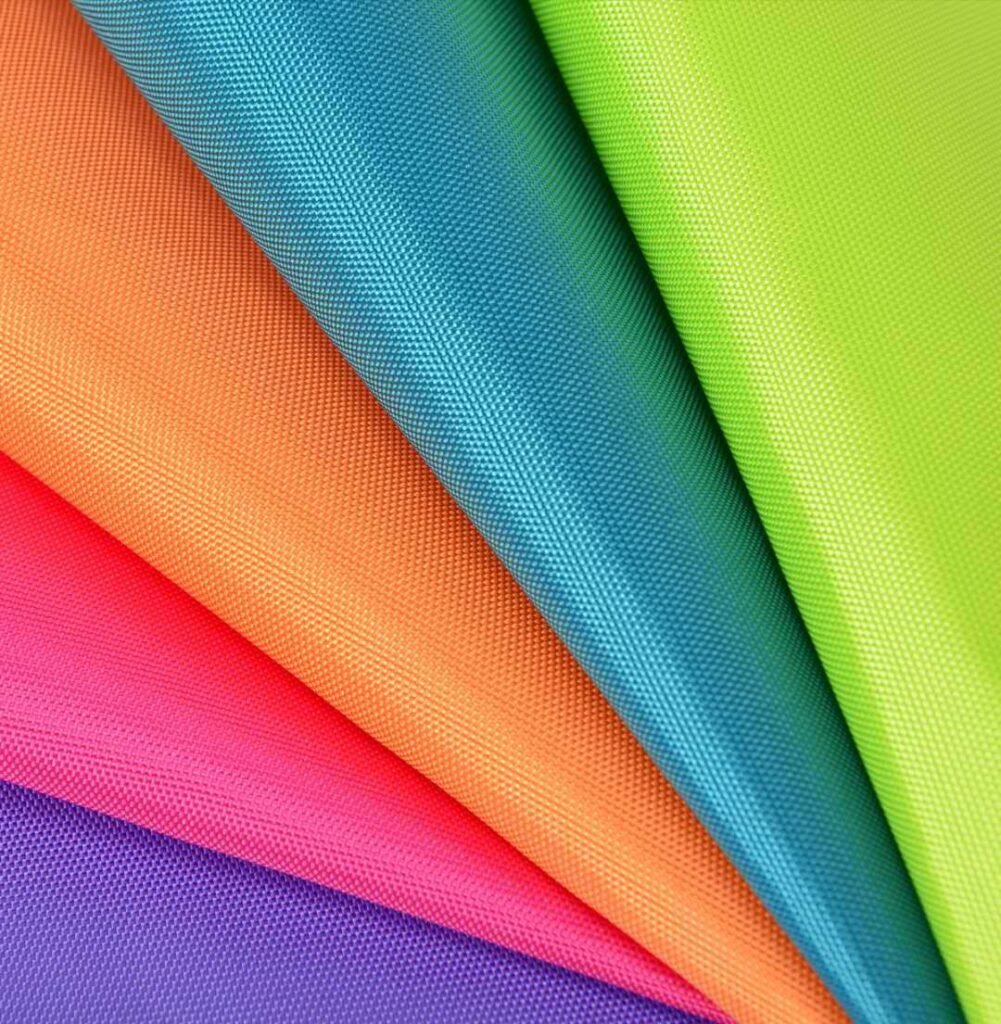
PU, PVC, and TPU coatings differ in waterproofing ability, durability, flexibility, environmental impact, and cost. PU offers balanced performance for lightweight uses, PVC excels in heavy-duty waterproofing, and TPU delivers superior elasticity and breathability for high-performance sectors.
Head-to-Head Comparison
1. PU (Polyurethane) Coating
| Factor | PU Coating |
|---|---|
| Waterproof Rating | 1,000–5,000 mm |
| Flexibility | High |
| Weight | Lightweight |
| Breathability | Moderate |
| UV Resistance | Fair (unless treated) |
| Cost | Low to Moderate |
| Applications | Outdoor gear, apparel, backpacks |
PU Coating Use Case: Szoneier helped an outdoor jacket brand produce ultra-light raincoats using 20D ripstop nylon with a 3,000mm PU coating, maintaining packability and comfort while meeting market price points.
2. PVC (Polyvinyl Chloride) Coating
| Factor | PVC Coating |
|---|---|
| Waterproof Rating | 10,000–30,000 mm |
| Flexibility | Moderate (stiffens in cold) |
| Weight | Heavy |
| Breathability | None |
| UV Resistance | High |
| Cost | Low |
| Applications | Industrial tarps, truck covers, marine gear |
PVC Coating Use Case: Szoneier worked with a logistics client to manufacture heavy-duty truck tarpaulins with 1680D ballistic nylon + double PVC coating, delivering waterproof ratings over 20,000mm and lasting over 5 years in tough weather.
3. TPU (Thermoplastic Polyurethane) Coating
| Factor | TPU Coating |
|---|---|
| Waterproof Rating | 5,000–20,000 mm |
| Flexibility | Excellent |
| Weight | Lightweight to medium |
| Breathability | High |
| UV Resistance | Excellent |
| Cost | Moderate to High |
| Applications | Medical, sportswear, inflatable products |
TPU Coating Use Case: Szoneier helped a European medical OEM create anti-virus mattress covers using TPU laminated nylon. The result: fully waterproof, fluid-proof, flexible covers that passed hospital-grade disinfection protocols.
4. Quick Comparison Table
| Coating | Best For | Weakness |
|---|---|---|
| PU | Cost-effective waterproofing | Lower durability |
| PVC | Heavy-duty waterproofing | Heavy, less flexible |
| TPU | High-performance, medical | Higher cost |
Which Nylon Coating Is Best for Outdoor Gear and Technical Applications?
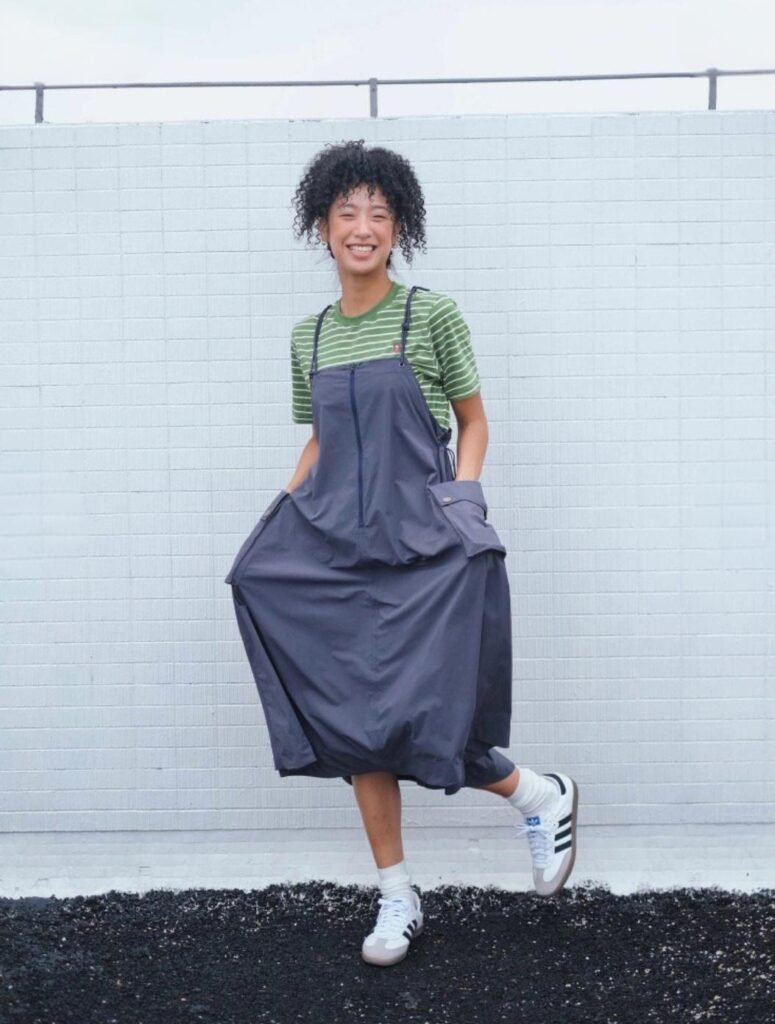
The best nylon coating for outdoor gear and technical products depends on the balance between waterproof rating, weight, flexibility, breathability, durability, and cost. PU-coated nylon works well for lightweight gear, TPU is ideal for high-performance and extreme environments, while PVC fits heavy-duty outdoor and industrial use.
Outdoor & Technical Coating Selection Guide
1. Outdoor Gear Applications
| Product | Recommended Coating | Reason |
|---|---|---|
| Tents (Fly Sheets) | PU or Silicone + PU | Lightweight, high hydrostatic head |
| Tents (Floor) | TPU or PVC | High water column for ground contact |
| Backpacks | PU or TPU | Flexible, abrasion-resistant |
| Rain Jackets | PU or TPU | Lightweight, breathable (TPU better for comfort) |
| Sleeping Bags | PU | Light coating for minimal moisture resistance |
For a premium camping brand, Szoneier customized a 30D ripstop nylon flysheet with silicone outer + PU inner coating. This dual coating achieved 5,000mm waterproofing, excellent UV resistance, and superb packability under 500 grams for a 4-person tent.
2. Industrial & Technical Applications
| Sector | Best Coating | Why |
|---|---|---|
| Marine Covers | PVC | Excellent UV, saltwater resistance |
| Industrial Curtains | PVC | High durability, easy cleaning |
| Inflatable Products | TPU | Flexible, airtight, puncture-resistant |
| Safety Equipment | TPU | Flame retardant options, flexibility |
| Medical Covers | TPU | Fluid barrier, disinfection compatible |
3. Special Considerations for Outdoor Buyers
- Cold Weather: TPU outperforms PU and PVC in flexibility under sub-zero conditions.
- UV Intensity: Silicone + PU or TPU coatings extend outdoor life.
- Breathability: TPU allows vapor escape, reducing condensation in tents or jackets.
- Eco Compliance: TPU is often chosen for its lower VOC emissions and recyclability.
4. Outdoor Industry Survey Data (2024)
| Coating Type | Outdoor Gear Market Share (%) |
|---|---|
| PU | 55% |
| TPU | 25% |
| Silicone + PU | 15% |
| PVC | 5% (mostly tarps, not personal gear) |
Buyers in the outdoor industry increasingly shift toward TPU for premium products, though PU still dominates for price-sensitive models.
What Are the Key Benefits and Drawbacks of PU Coated Nylon?
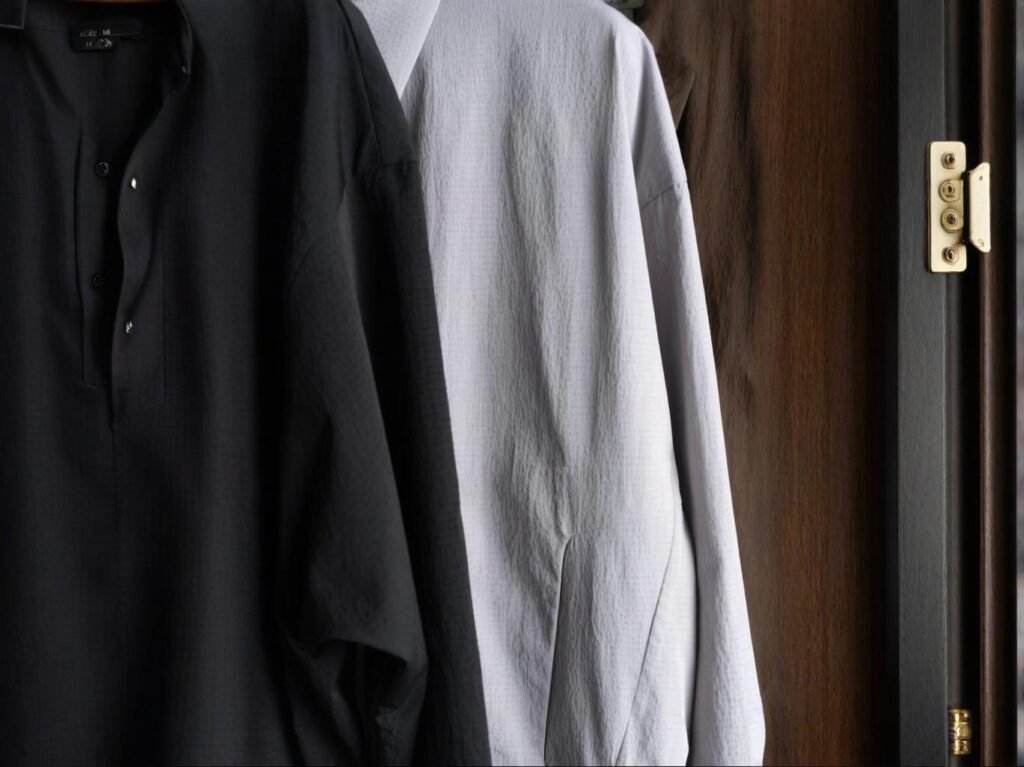
PU-coated nylon offers a cost-effective waterproof solution with good flexibility, moderate breathability, and sufficient durability for many applications. However, PU has some limitations in long-term UV exposure, hydrolysis degradation, and lifespan under harsh environmental stress.
Full PU Coating Analysis
1. Benefits of PU Coated Nylon
| Benefit | Explanation |
|---|---|
| Cost-Effective | Lower price point per square meter |
| Lightweight | Ideal for packable outdoor gear |
| Soft Hand-Feel | Comfortable for garments |
| Easy Processing | Simple lamination and coating process |
| Customizable Thickness | Easily adjusted to meet waterproof specs |
2. Typical Applications
- Lightweight tents (fly and walls)
- Rainwear (jackets, ponchos)
- Daypacks and school bags
- Promotional bags
- Emergency shelters
3. Drawbacks of PU Coated Nylon
| Weakness | Explanation |
|---|---|
| UV Degradation | Coating may crack after prolonged sun exposure |
| Hydrolysis | Moisture absorption over time weakens bond (especially in humid climates) |
| Lower Lifespan | 2–5 years typical under frequent outdoor exposure |
| Lower Abrasion Resistance | Wears faster under heavy friction vs TPU or PVC |
4. PU Hydrolysis Failure: What Happens?
When hydrolysis occurs, the PU coating begins to peel, flake, or become sticky due to moisture breaking down chemical bonds. This is a common failure mode in poorly stored outdoor gear, especially in humid warehouses.
5. Prevention Strategies
- Dual Coating: Silicone outer layer protects PU underneath.
- Quality PU Formulation: Hydrolysis-resistant additives.
- Proper Storage: Cool, dry, and ventilated environments.
6. Outdoor Rain Jacket Brand
A European outdoor apparel company worked with Szoneier to improve product returns caused by hydrolysis failures in rain jackets. By switching to upgraded PU coatings with hydrolysis inhibitors and adding a silicone topcoat, product lifespan extended from 3 to over 6 years even with frequent rainy-season usage.
How Durable Is PVC Coated Nylon for Industrial and Heavy-Duty Use?
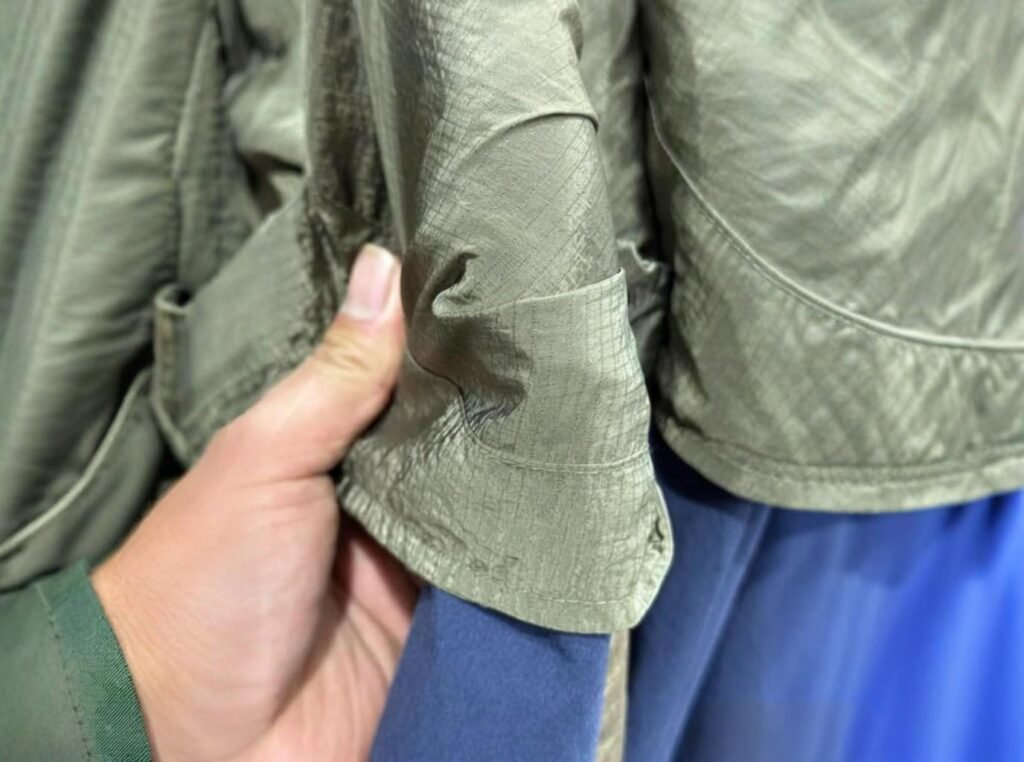
PVC-coated nylon is one of the most durable and cost-effective solutions for industrial and heavy-duty applications, offering superior waterproofing, excellent UV resistance, easy cleaning, and long lifespan even in harsh outdoor and marine environments. However, it comes with trade-offs in flexibility, cold-weather performance, and environmental sustainability.
Full PVC Coating Performance Breakdown
1. Key Strengths of PVC Coated Nylon
| Strength | Why It Matters |
|---|---|
| Extreme Waterproofing | 10,000–30,000mm water column resistance |
| UV Stability | Resists yellowing and degradation under long-term sun exposure |
| Abrasion Resistance | Excellent surface toughness against mechanical wear |
| Chemical Resistance | Highly resistant to oil, grease, saltwater, and industrial solvents |
| Easy to Clean | Smooth, sealed surface wipes clean easily |
| Long Lifespan | 5–10 years durability in harsh outdoor use |
2. Ideal Industrial Applications
| Industry | Product Examples |
|---|---|
| Logistics | Truck tarps, container covers |
| Marine | Boat covers, dock enclosures, awnings |
| Construction | Temporary roofing, scaffold wraps, safety curtains |
| Agriculture | Pond liners, irrigation covers, animal shelter panels |
| Oil & Gas | Chemical containment covers, safety barriers |
3. Limitations of PVC Coating
| Limitation | Impact |
|---|---|
| Stiffness | Becomes rigid in cold temperatures below 0°C |
| Heavy Weight | Adds bulk and transportation cost |
| Non-Breathable | Fully sealed, zero vapor transmission |
| Environmental Concerns | PVC production involves chlorine; recycling is more limited |
4. Cold Weather Performance: The Weak Spot
While PVC performs beautifully under heat, UV, and mechanical wear, cold climates present a major challenge:
| Temperature | PVC Behavior |
|---|---|
| Above 10°C | Flexible and strong |
| 0°C to -10°C | Becomes noticeably stiffer |
| Below -10°C | Prone to cracking or micro-fractures if flexed |
For this reason, many cold-region clients choose TPU as an alternative when flexibility is critical.
5. Case Study: Heavy-Duty Trucking Client
A European logistics fleet approached Szoneier needing long-lasting waterproof truck tarpaulins that would withstand constant sun, rain, and abrasion. We custom-manufactured 1680D nylon with 2-sided PVC coating at 650gsm weight, achieving 20,000mm waterproofing and over 6 years field performance with minimal maintenance.
Is TPU Coated Nylon the Best Solution for Medical and Flexible Products?
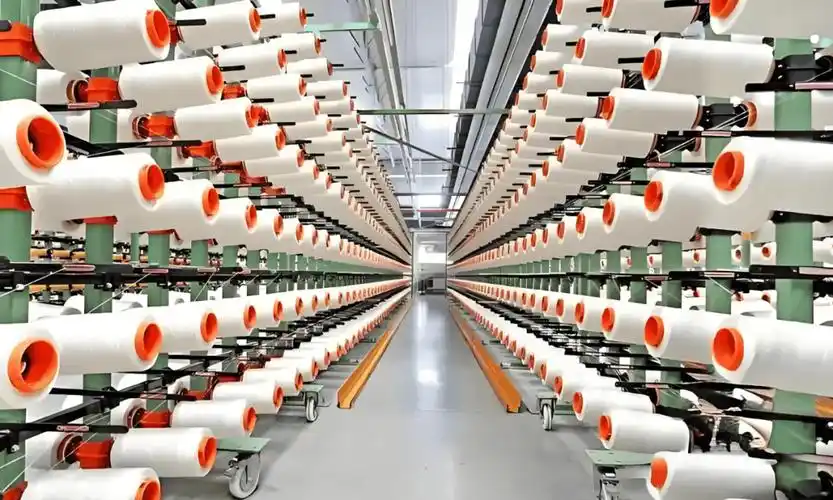
TPU-coated nylon is widely regarded as the premium solution for medical, inflatable, and technical flexible products due to its unique balance of waterproofing, elasticity, chemical resistance, softness, and environmental compliance. TPU’s superior cold-weather flexibility and biocompatibility make it the first choice for high-end applications where failure is not an option.
TPU’s Superior Technical Properties
1. Key Advantages of TPU Coating
| Advantage | Why It Matters |
|---|---|
| Flexibility | Remains highly pliable even at -40°C |
| Lightweight | High strength-to-weight ratio |
| Waterproofing | 5,000–20,000mm water column |
| Elasticity | Ideal for stretch and inflatable products |
| Breathability | Allows moisture vapor transmission (MVTR) while remaining waterproof |
| Chemical Resistance | Strong against bodily fluids, cleaning agents, and disinfectants |
| Biocompatibility | Non-toxic and medical-grade safe |
| Eco-Friendly | Low VOC emissions, recyclable options available |
2. Top Applications for TPU Coated Nylon
| Sector | Product Examples |
|---|---|
| Medical | Surgical drapes, mattress covers, body bags, isolation gowns |
| Sportswear | Breathable rain jackets, snow pants, outdoor gloves |
| Inflatable Gear | Air mattresses, life rafts, inflatable boats |
| Safety Equipment | Rescue stretchers, floatation devices |
| Industrial | Flexible tanks, protective bellows, seals |
3. TPU vs PU vs PVC Quick Summary
| Property | TPU | PU | PVC |
|---|---|---|---|
| Flexibility | Excellent | Good | Fair |
| Cold-Weather Performance | Excellent | Fair | Poor |
| Breathability | Yes | Limited | No |
| Waterproof Rating | High | Moderate | Very High |
| Medical Use | Excellent | Limited | Not Recommended |
| Eco Profile | Best | Better | Least Eco-Friendly |
4. TPU in Medical Use — Why It Dominates
Medical textiles demand multiple qualities:
- Total waterproof barrier against blood, urine, and fluids.
- Resistance to repeated disinfection cycles (up to 90°C).
- Soft hand-feel for patient comfort.
- Zero off-gassing of harmful VOCs.
Szoneier has delivered TPU-coated medical fabrics to hospitals and OEM brands worldwide, often meeting ISO 10993-5 cytotoxicity tests, ensuring full compliance for patient safety.
5. Real Client Example: ICU Mattress Supplier
A German ICU bed manufacturer partnered with Szoneier to create an anti-bacterial, TPU-coated nylon mattress cover. The material withstood over 200 cleaning cycles using hospital disinfectants, retained waterproof integrity above 15,000mm hydrostatic head, and passed flame-retardant and skin safety certifications.
How Do You Choose the Right Waterproof Nylon Coating for Your Business?
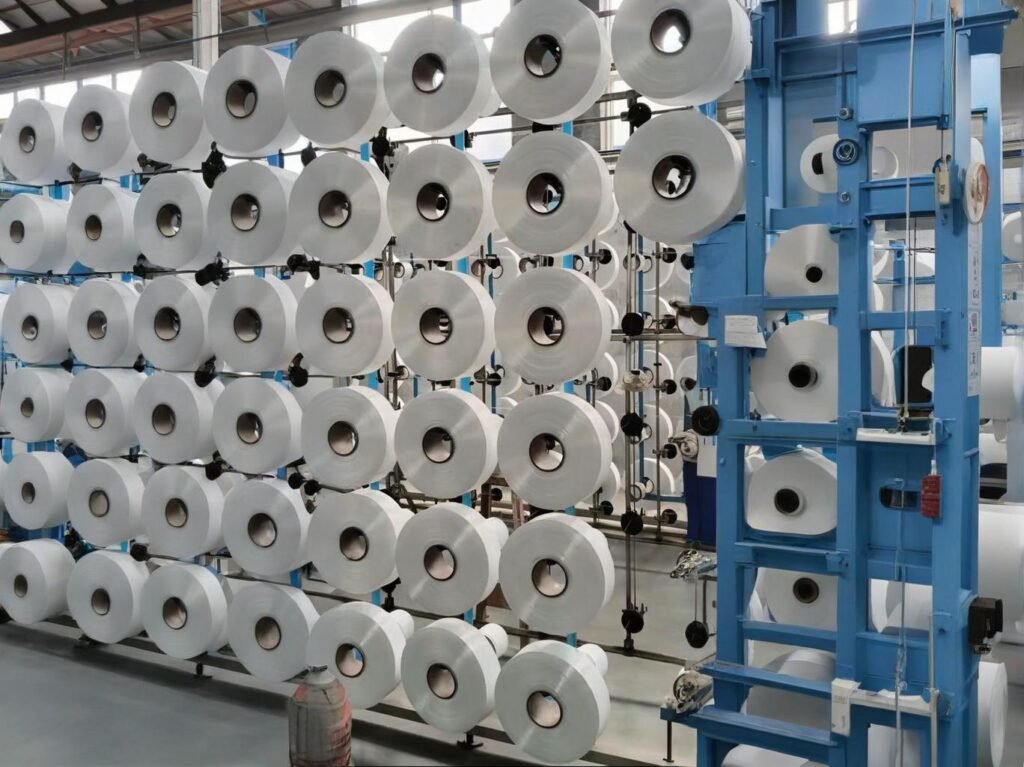
Choosing the correct waterproof nylon coating requires balancing product function, cost, production volume, environmental conditions, customer expectations, and compliance standards. The wrong choice can mean premature product failure, warranty claims, or missed profit margins.
7 Key Decision Factors
1. Application & Industry Use
| Industry | Ideal Coating |
|---|---|
| Outdoor Gear | PU, TPU (for breathability) |
| Heavy-Duty Industrial | PVC |
| Marine Equipment | PVC or TPU |
| Medical Textiles | TPU |
| Inflatable Products | TPU |
| Automotive Interiors | PU or TPU |
2. Environmental Conditions
- Extreme Cold? TPU
- High UV Exposure? Silicone + PU or TPU
- High Humidity? TPU (resistant to hydrolysis)
- Long-Term Outdoor Use? PVC or TPU
3. Customer Price Expectations
| Market Tier | Suggested Coating |
|---|---|
| Mass Market | PU |
| Mid-Range | PU (upgraded) or TPU |
| Premium | TPU |
| Industrial Bulk | PVC |
4. Regulatory & Compliance Requirements
- Medical: ISO 10993, FDA
- Outdoor Gear: REACH, OEKO-TEX®, ISO 811 (waterproof testing)
- Industrial: Flame retardancy standards, chemical resistance
5. Longevity & Warranty Periods
| Coating | Average Lifespan (under typical use) |
|---|---|
| PU | 2–5 years |
| PVC | 5–10 years |
| TPU | 5–8 years (often longer for medical use) |
6. Production Capability of Supplier
- Can your supplier (like Szoneier) handle multiple coatings?
- Can they provide custom blends (e.g. TPU/PU hybrids)?
- Do they offer in-house QC testing (hydrostatic head, abrasion, UV aging)?
7. Total Lifecycle Cost
Sometimes, cheaper upfront materials cost more long-term. TPU may seem expensive, but for medical and safety-critical products, its extended lifespan reduces replacement costs, warranty claims, and brand reputation risks.
Outdoor Startup Cost Simulation
| Option | PU Coated Nylon | TPU Coated Nylon |
|---|---|---|
| Initial Cost | \$1.50/m² | \$3.00/m² |
| Avg. Product Life | 3 years | 6 years |
| Replacement Rate | 2x in 6 years | 1x in 6 years |
| Long-Term Material Cost | \$3.00 | \$3.00 |
While TPU appears more expensive upfront, its longer durability often balances out costs over product life cycles — especially for premium markets.
What MOQ, Lead Time, and Pricing Should Buyers Expect for Coated Nylon Fabric?
MOQ, lead time, and pricing depend on coating type, fabric spec, coating complexity, production schedule, and whether the fabric requires certifications or custom formulations. Working with an experienced OEM like Szoneier offers both flexibility and cost control for international buyers.
Full Cost & Supply Chain Breakdown
1. MOQ Requirements
| Coating Type | Typical MOQ |
|---|---|
| PU Coated | 300–500 meters/color |
| TPU Coated | 500–1000 meters/color |
| PVC Coated | 1000–2000 meters/color |
| Dual Coatings (Silicone + PU) | 1000–1500 meters/color |
2. Standard Lead Times
| Stage | Lead Time |
|---|---|
| Lab Dips / Color Matching | 3–5 days |
| Sample Yardage | 7–10 days |
| Bulk Production | 3–4 weeks |
| Urgent Orders | 10–14 days (possible with pre-arranged materials) |
3. Typical Pricing (FOB China, 2025)
| Fabric Type | Price Range (USD/m²) |
|---|---|
| PU Coated 210D Nylon | \$1.00 – \$1.50 |
| TPU Coated 420D Nylon | \$2.50 – \$3.50 |
| PVC Coated 1000D Nylon | \$2.00 – \$3.00 |
| Dual Coated Nylon (Silicone + PU) | \$3.50 – \$4.50 |
| Medical Grade TPU Coated Nylon | \$3.50 – \$5.50 |
4. Freight Cost Overview (2025)
| Destination | 20′ Container Freight (USD) |
|---|---|
| USA West Coast | \$2,600 – \$3,000 |
| Europe (Rotterdam) | \$3,000 – \$3,400 |
| Australia | \$2,000 – \$2,500 |
5. Cost Control Tips for Buyers
- Combine multiple color SKUs into one production run.
- Use standard base fabrics (420D, 600D) where possible.
- Confirm coating spec during sampling to avoid costly re-runs.
- Discuss long-term contracts for stable pricing (Szoneier offers this).
Medical Startup
A U.S. startup ordered just 800 meters of TPU coated nylon for a trial run of hospital gowns. Thanks to Szoneier’s low MOQ program, full compliance lab testing, and short sampling cycle, their entire pilot program launched within 45 days.
Partner with Szoneier Fabrics: Your Waterproof Nylon OEM/ODM Expert
Waterproof nylon manufacturing is both a science and an art. With dozens of coating options, endless customization, and strict quality demands — you need a partner who understands technical textiles from the fiber to the final roll. That’s exactly where Szoneier Fabrics delivers unmatched value:
✅ PU, PVC, TPU Coating Capabilities ✅ Low MOQ Support for Startups ✅ Medical & Industrial Compliance Certifications ✅ Rapid Sampling & Flexible Lead Times ✅ Global Shipping with Full Export Support ✅ 100% Quality Assurance & In-House Lab Testing
👉 Contact us now to discuss your next waterproof nylon project:
📧 Email: Info@szoneierfabrics.com 📞 Phone: (+86) 13823134897 🌐 Website: https://szoneierfabrics.com/
Let’s turn your waterproof nylon idea into a high-performance, market-ready product — faster, safer, and better.

